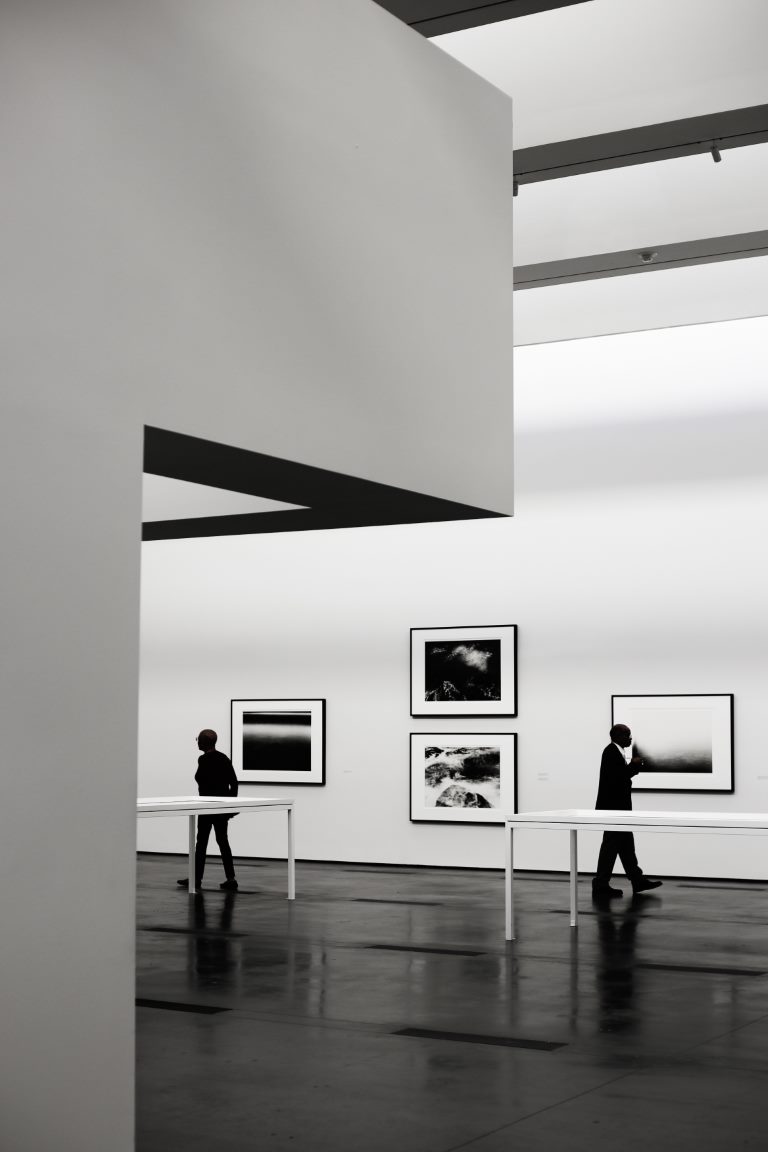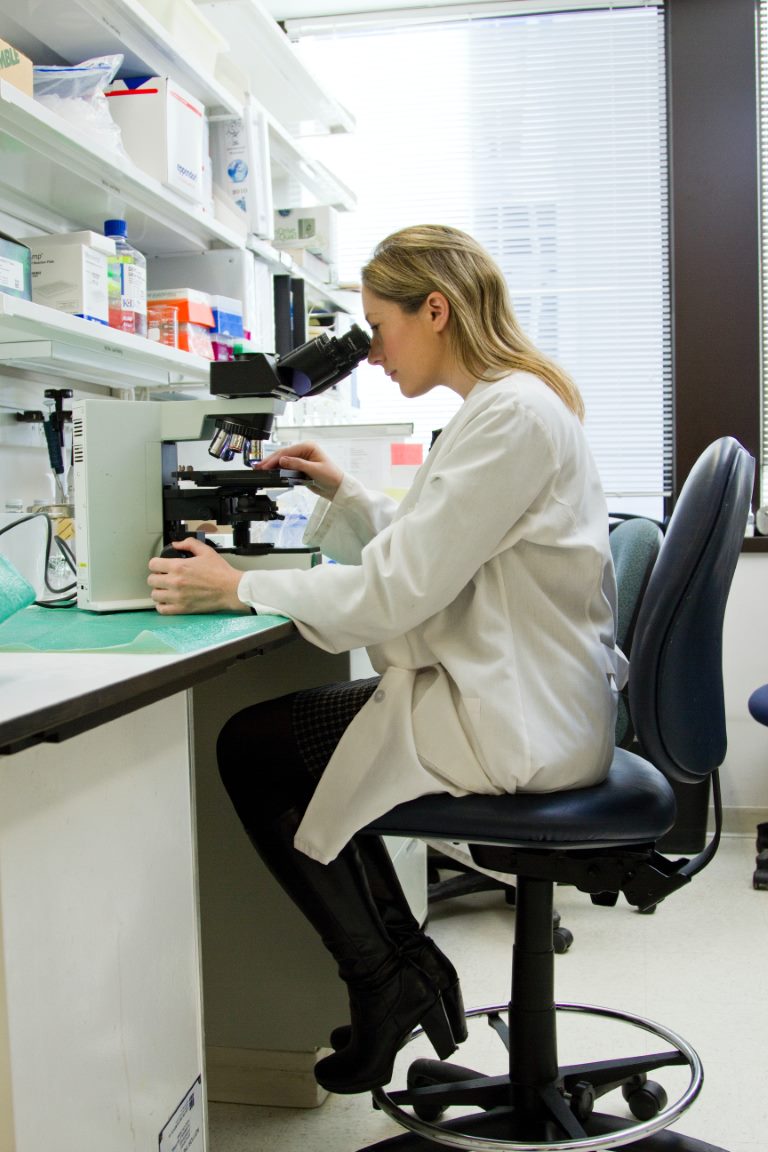How to Plan Your Kyoto Lazy Bird Tour
Are you planning to visit Kyoto, Japan, but don’t want to deal with the hassle of researching which sights to visit and how to get there? Look no further than the Kyoto Lazy Bird Tour! This afternoon tour takes you to three of Kyoto’s top attractions without the early start that many other day tours require. In this article, we’ll show you how to plan your own Kyoto Lazy Bird Tour so you can sit back, relax, and enjoy the sights.Overview of the Kyoto Lazy Bird Tour
The Kyoto Lazy Bird Tour is an afternoon tour that takes you to three of Kyoto’s top attractions: Arashiyama Bamboo Grove, Kinkaku-ji Temple, and Fushimi Inari Shrine. The tour starts at Kyoto Station, where you’ll meet your guide and fellow tour-goers, and ends back at Kyoto Station approximately six hours later.Why Choose the Lazy Bird Tour?
One of the main benefits of the Kyoto Lazy Bird Tour is that it starts in the afternoon, so you won’t have to deal with the early morning rush that many other day tours require. This makes it a great option for travelers who may be dealing with jet lag or just prefer to sleep in a bit. Additionally, by taking a pre-determined itinerary to three top attractions, you’ll save time and won’t have to worry about getting lost or missing anything important.What’s Included in the Kyoto Lazy Bird Tour?
When you book the Kyoto Lazy Bird Tour, you’ll get the following:- Guide Fare
- Food & Drink
- Transport Fare
What to Expect on the Kyoto Lazy Bird Tour
Here’s a breakdown of the itinerary for the Kyoto Lazy Bird Tour:Arashiyama Bamboo Grove
Your first stop on the tour is the Arashiyama Bamboo Grove, a beautiful bamboo forest that’s a popular tourist attraction. You’ll have an hour to explore the grove, take photos, and soak up the peaceful atmosphere.Kinkaku-ji Temple
Next, you’ll visit Kinkaku-ji Temple, also known as the Golden Pavilion. This UNESCO World Heritage Site is a stunning temple covered in gold leaf and surrounded by a beautiful garden. You’ll have 40 minutes to explore the temple and take photos.Fushimi Inari Shrine
The final stop on the tour is Fushimi Inari Shrine, a Shinto shrine famous for its thousands of torii gates. You’ll have an hour to explore the shrine, hike to the top of Mt. Inari for panoramic views of Kyoto, and take photos.Additional Information
Confirmation of your booking will be received at the time of booking. The tour includes transportation via public transportation and walking, so be sure to wear comfortable shoes and clothing. Admission to Kinkaku-ji Temple is not included in the tour price and costs an additional 400 yen. Finally, don’t forget your camera and a sense of adventure!How to Book the Kyoto Lazy Bird Tour
Ready to book the Kyoto Lazy Bird Tour? Simply click here to book the tour on Viator.
Frequently Asked Questions About Kyoto
Kyoto, known as Japan’s cultural capital, is a must-visit destination for history buffs, culture enthusiasts, and foodies alike. But before heading to Kyoto, it’s essential to be prepared with some basic information to make the most out of your trip. Here are some frequently asked questions about Kyoto:1. What is Kyoto famous for?
Kyoto is famous for its rich history, cultural heritage, and traditional architecture. It served as the imperial capital of Japan from 794 to 1868 and is home to numerous ancient temples, shrines, and palaces, including the iconic Golden Pavilion (Kinkakuji) and the stunning Fushimi Inari Shrine. Kyoto is also renowned for its exquisite cuisine, such as Kaiseki ryori, a traditional multi-course meal.2. When is the best time to visit Kyoto?
The best time to visit Kyoto is during the spring (March to May) and autumn (September to November) seasons when the weather is mild, and the city transforms into a spectacle of colors. In the spring, visitors can witness the blooming of the cherry blossoms, while in the fall, the city is ablaze with the colors of autumn foliage.3. Where can I stay in Kyoto?
Kyoto offers a wide range of accommodations, from luxurious hotels to affordable guesthouses. The most popular areas to stay in Kyoto include the city center, such as the districts of Gion and Kawaramachi, and the Higashiyama area, home to many traditional Japanese inns (ryokans) and historical sites.4. What are the must-visit attractions in Kyoto?
Kyoto boasts numerous must-visit attractions, each offering a glimpse into the city’s rich cultural heritage. Some of the most popular sites include: – Kinkakuji (Golden Pavilion) – Fushimi Inari Shrine – Kiyomizu-dera Temple – Arashiyama Bamboo Grove – Gion District – Nijo Castle – Philosopher’s Path5. What are some Japanese customs I should be aware of when visiting Kyoto?
When visiting Kyoto, it’s essential to be respectful of Japanese customs and show consideration for the local culture. Here are a few things to keep in mind: – Remove your shoes before entering temples, shrines, and traditional tearooms. – Bow slightly when greeting someone. – Use chopsticks properly and avoid sticking them upright in your food. – Avoid talking loudly or using your phone in quiet places. – Respect the rules and regulations of each attraction.6. What are some local dishes I should try in Kyoto?
Kyoto is a food lover’s paradise, with plenty of local dishes to try, including: – Kaiseki ryori: a traditional multi-course meal featuring seasonal ingredients. – Sukiyaki: thinly sliced beef cooked in a sweet soy sauce broth. – Yudofu: boiled tofu served with dipping sauce and condiments. – Matcha desserts: Kyoto is famous for its matcha (green tea) desserts, such as matcha ice cream and matcha mochi.7. How can I get around Kyoto?
Kyoto has an extensive public transportation system, including buses, trains, and subways. The city also has an excellent network of bike lanes, making cycling a convenient and eco-friendly way to get around. Taxis are also readily available, but they can be expensive, especially during peak hours.8. What are some tips for traveling to Kyoto?
Here are some tips to help you make the most out of your Kyoto trip: – Wear comfortable walking shoes as many attractions require walking. – Purchase a Kyoto City Bus One-Day Pass to save money on transportation. – Check the weather forecast and dress accordingly. – Book tickets to popular attractions in advance to avoid waiting in line. – Try to visit popular sites during off-peak hours to avoid crowds.Book Your Tour Now
Kyoto is a fascinating destination with a rich cultural heritage and unique cuisine. By being prepared with the basics, travelers can maximize their experience and create unforgettable memories. So, arm yourselfwith the information you need and get ready to explore the wonders of Kyoto.
How to Spend Your Time as a Tourist in Kyoto
Kyoto, the former imperial capital of Japan, is one of the most beautiful and culturally rich cities in the world. With its numerous temples, shrines, gardens, and historic sites, it is a must-visit destination for anyone traveling to Japan. In this guide, we will provide you with a detailed itinerary of how to spend your time as a tourist in Kyoto.Day 1 – Explore Kyoto’s Temples and Shrines
On your first day in Kyoto, we recommend exploring some of the city’s most breathtaking temples and shrines, such as:Kiyomizu-dera Temple
Kiyomizu-dera is a Buddhist temple located in eastern Kyoto, famous for its wooden stage that overlooks the city. Visitors can enjoy panoramic views of Kyoto from the stage, as well as explore the temple’s many beautiful halls, gates, and pagodas.Fushimi Inari Taisha Shrine
Fushimi Inari Taisha is a Shinto shrine famous for its thousands of torii gates, which form a network of hiking trails throughout the forested hills of southern Kyoto. Visitors can hike to the summit of Mount Inari, passing by numerous sub-shrines and smaller torii gates along the way.Ginkaku-ji Temple
Ginkaku-ji, also known as the Silver Pavilion, is a Zen temple located in eastern Kyoto, famous for its beautiful garden and the silver-colored building that sits beside it. Visitors can explore the temple’s various gardens, bridges, and tea houses, as well as enjoy scenic views of Kyoto from the temple’s hillside location.Day 2 – Enjoy Kyoto’s Gardens and Parks
On your second day in Kyoto, we recommend spending some time enjoying the city’s many beautiful gardens and parks, such as:Kyoto Imperial Palace Park
Kyoto Imperial Palace Park is a spacious park located in the heart of Kyoto, famous for its cherry blossom trees, gardens, and historic architecture. Visitors can take a guided tour of the Imperial Palace, explore the park’s many walking trails and gardens, and relax by the park’s ponds and water features.Arashiyama Bamboo Forest
Arashiyama Bamboo Forest is a natural bamboo grove located on the outskirts of Kyoto, famous for its towering bamboo stalks and peaceful walking trails. Visitors can explore the forest by foot, bike, or rickshaw, and enjoy the tranquil atmosphere of this unique natural wonder.Nanzen-ji Temple
Nanzen-ji is a Zen temple located in eastern Kyoto, famous for its beautiful garden, traditional architecture, and historic aqueduct. Visitors can explore the temple’s various buildings, gardens, and pathways, and enjoy the tranquil atmosphere of one of Kyoto’s most beautiful Zen temples.Day 3 – Discover Kyoto’s Food and Culture
On your final day in Kyoto, we recommend taking some time to enjoy the city’s delicious food and rich cultural heritage, such as:Gion District
Gion is a historic district located in eastern Kyoto, famous for its traditional tea houses, geisha performances, and historic architecture. Visitors can stroll through the district’s tree-lined streets, enjoy a cup of tea at a traditional tea house, and experience the unique culture of one of Japan’s most iconic districts.Nishiki Market
Nishiki Market is a bustling indoor market located in central Kyoto, famous for its fresh seafood, exotic spices, and traditional Japanese snacks. Visitors can browse the market’s many shops and stalls, sample some of the market’s famous delicacies, and experience the vibrant energy of one of Kyoto’s busiest shopping districts.Kyoto International Manga Museum
Kyoto International Manga Museum is a unique cultural institution located in central Kyoto, dedicated to the art and history of Japanese manga. Visitors can explore the museum’s many galleries, exhibitions, and interactive displays, and learn more about the fascinating world of Japanese comics and graphic novels.Book Your Tour Now
Kyoto is a truly amazing city, with something to offer every visitor. By following this guide, you can experience some of Kyoto’s most beautiful temples, gardens, and cultural attractions, while also enjoying the city’s delicious food and rich cultural heritage. We hope that this guide has been helpful in planning your visit to Kyoto, and that you have an unforgettable time exploring this beautiful city.Table of Contents

